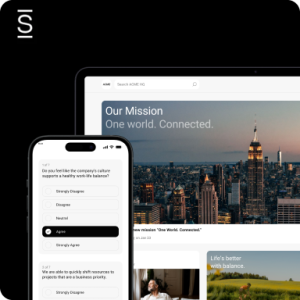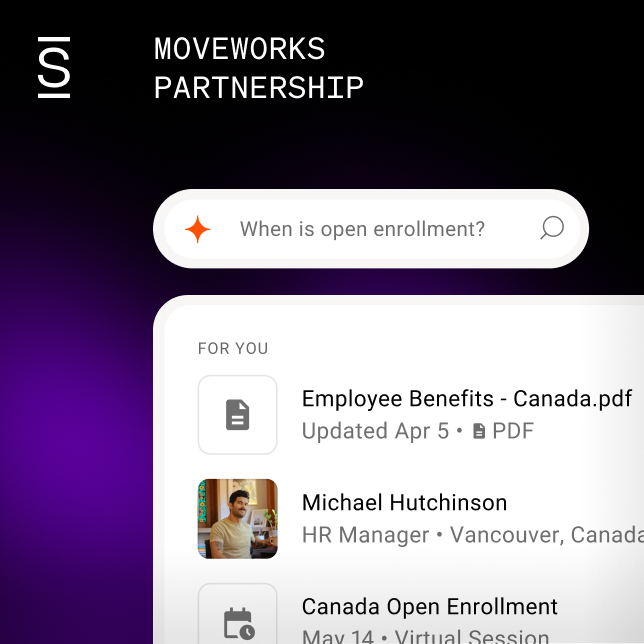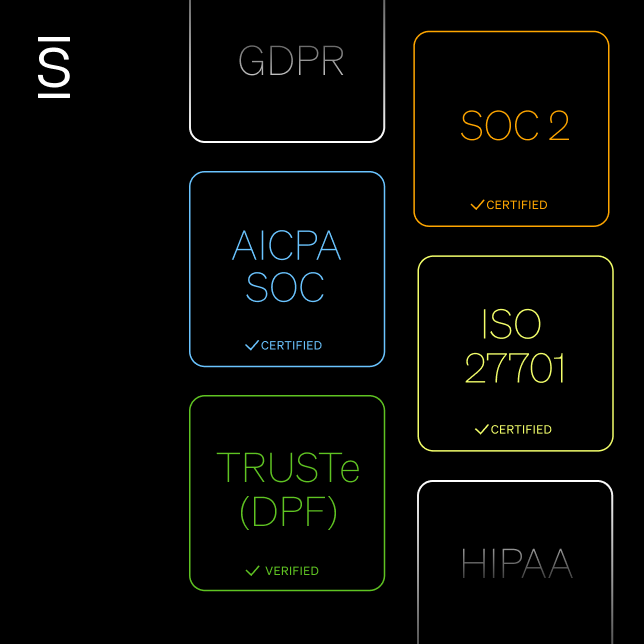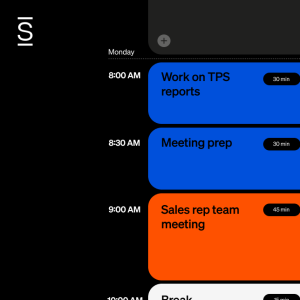The world is reopening and the future of work is here. We have fortunately made it past the worst of a worldwide pandemic and are now thinking about what comes next. Conversations about returning to the office are starting, the shift to a semblance of normalcy is here but didn’t the immediate rush to work from the home showcase that remote work is here to stay?
Since March 2020, organizations have had to accept that not only are fully remote organizations possible but that they can be just as, if not more, productive than being in the office! In this time, internal communication teams have had to navigate through the thick of uncertainty during this pandemic. Many have had the opportunity to transform what communication in their organization looks like and have accomplished key digital transformation initiatives. Internal communicators have figured out how to communicate in a timely and informative manner while also providing support to leaders to be effective communicators.
What does this transition to a new way of working mean for the future of internal communications?
How to transform employee communications
Organizations will have to prioritize messaging for their employees so that they’re up-to-date on the most important information pertaining not only to the business but also additional resources. Employees now demand a greater deal of flexibility in terms of remote work which will require a shift in employee communications strategy from keeping employees informed of office procedures and apologies as well as maintaining strong employee engagement and company culture.
With a growing remote workforce, a strong communication strategy focused on frequent and reliable updates across the departments will be more important than ever before.
The digital transformation of internal communications
Technology has been key over the past year for remote workers especially as it pertains to corporate communications and making sure that organizations have the right infrastructure to maintain company culture. Ensuring that employees have access to the proper digital tools, especially video conferencing (you’re welcome Zoom for that boom), is key in how you connect and engage your workforce. Digital platforms, like intranets, have enabled workforces to work together in unique and transformative manners from virtual town halls to creating online water coolers which help ensure that employees’ voices are seen and heard.
The shift from the traditional
The pandemic has shifted how internal communications functions and operates. More and more organizations are taking an employee-centric focus which helps meet their needs. Traditionally, internal communication has been focused on creating content but communication is not simply a one-way channel, it should facilitate employees being able to communicate and engage with one another. It’s important that organizations have wellbeing programs that improve the employee experience and make the most impact.
Just as employees share on social media and digital channels, encourage them to post photos, videos, blog posts in a safe for work manner to increase opportunities for cross-company employee engagement. As we’re working remotely for the foreseeable future, it’s time to promote platforms that encourage employee engagement, like intranets, to facilitate stronger communication. As senior leaders model this behavior, more and more employees will feel comfortable engaging with each other.
Focus on timely and factual information
The future of communications will be designed to meet what employees need which means easy-to-use, accessible and modern platforms. Organizations need to be able to disseminate information in a quick, easy manner. Employees need to get access to the information on a centralized platform. Everyone needs to participate.
Internal communications used to go through an extensive process of edits, checks, and approvals but the COVID-19 crisis put that at bay as companies needed to get information out immediately. Content has become consumable and beneficial as ever.
Greater focus on employee wellbeing
We’ve all learned that we’re in this together. Companies have struggled in how to recognize employee mental health and wellbeing in the workplace but things are changing now. During these challenging times, many leaders are looking into employee wellbeing programs and how that ties in with an internal communications strategy to ensure a strong, healthy workforce. In order to get the most success out of this key initiative, employees have to understand the benefits and need alignment from managers and leaders.
It’s imperative to start with executive buy-in and support, leaders are the role models for their workforce. Communication that showcases that leaders care about employee wellness leads to stronger participation and engagement in these programs. Organizations can streamline the communication process by consolidating all updates into a single centralized platform and not clutter chats or inboxes.
The important role technology and tools have
Technology was the bridge that connected us all virtually with the onset of remote working. As internal communicators look forward to the new normal, they must learn how to maximize the tools they have in their digital tech stack. Let’s not be mistaken, productivity and collaboration tools are powerful, but as we figure out the future of work, organizations need to understand how to utilize remote working technologies properly to address what’s being neglected: connecting employees to the broader organization.
Long-term trends of COVID internal communications
The coronavirus pandemic put a spotlight on senior leaders and if they could rise to the challenge of crisis communications during a time of strong uncertainty. It was up to the leaders to inspire employees to remain productive to ensure business success. Many leaders rose to the occasion and communicated with transparency and vulnerability.
In a changing workplace, employees will need to be more informed, connected, and engaged than before. Internal communication entered this year playing a crucial role for a post-pandemic workforce. With this crisis coming to a hopeful end, many stakeholders have finally realized the impact and value of having effective communication that reaches its employees fast.




















